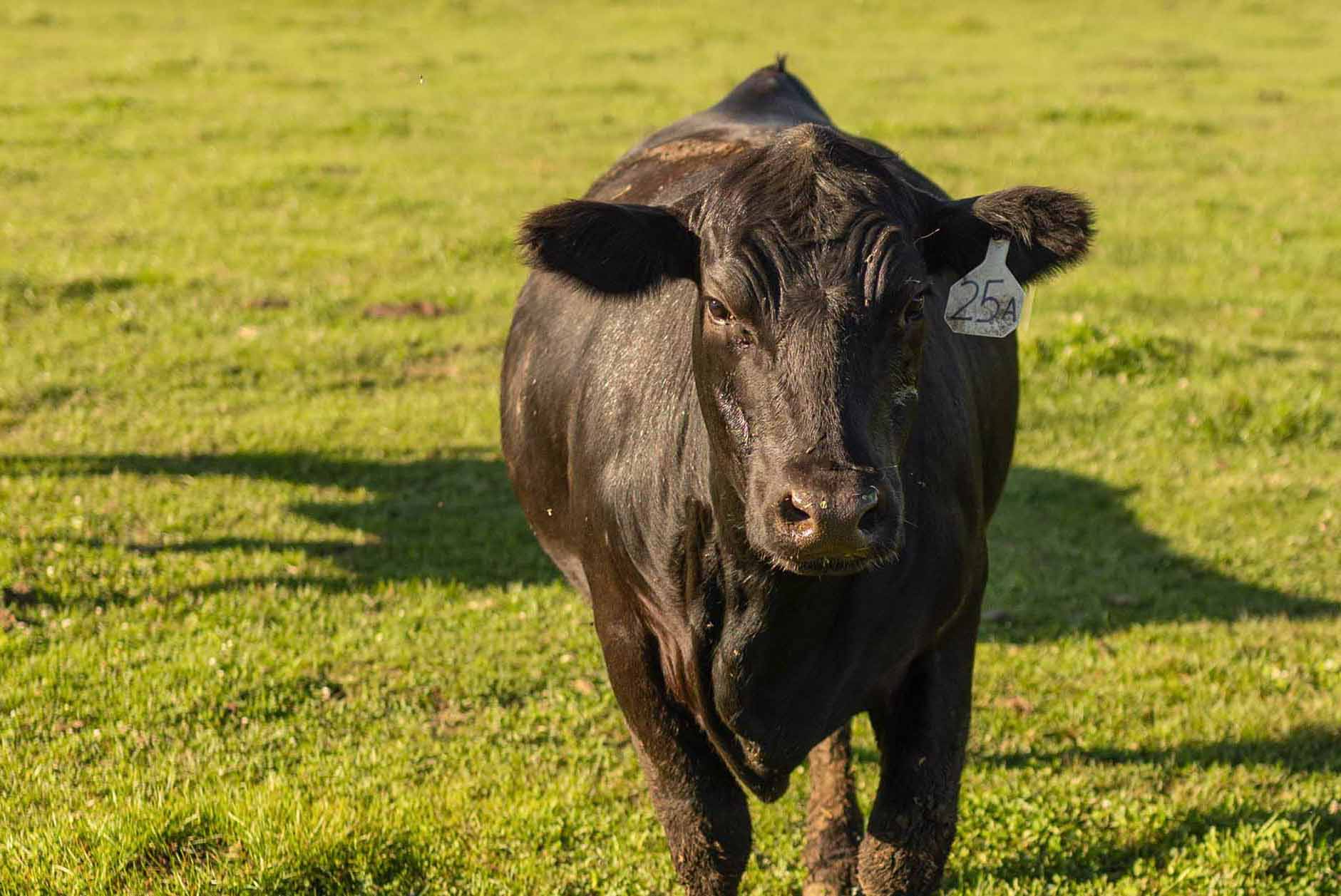
(Photo: Iowa Soybean Association / Joclyn Bushman)
Meet the Animal Ag Alliance
February 1, 2025
By Joseph Hopper
When trying to share the story of agriculture with a world of consumers, it helps to have some like-minded friends. For the last 15 years Aaron Putze, chief officer of brand management and engagement at the Iowa Soybean Association (ISA), has served on the Animal Agriculture Alliance Executive Board. The Alliance is a 501(c)(3), founded in 1987 and comprised of members from across the broad spectrum of agriculture. It’s led by its executive board which features representation from all sectors of the animal agriculture community. Emily Ellis, communications and content manager for the Animal Agriculture Alliance, and Putze answered our questions to learn more about its activities and its mission to serve U.S. farmers.
Q: What is the Animal Agriculture Alliance?
Putze: The alliance is a friend of the soybean farmer and U.S. agriculture, dedicated to advancing the responsible and successful growth of domestic livestock, dairy and poultry production. Founded in 1987, the alliance brings together farmers, veterinarians, animal feed and health companies, and all who are interested in growing and serving consumers through the production and availability of wholesome meat, poultry and dairy. The Alliance’s motto: Connect, Engage, Protect.
Ellis: The Animal Agriculture Alliance is a non-profit organization that brings together farmers, ranchers, veterinarians, animal feed companies, animal health companies, processors, allied associations and others involved in getting food from the farm to our forks. We safeguard the future of animal agriculture and its value to society by bridging the communication gap between the farm and food communities. We connect key food industry stakeholders to arm them with responses to emerging issues. We engage food chain influencers and promote consumer choice by helping them better understand modern animal agriculture. We protect by exposing those who threaten our nation’s food security with damaging misinformation.
Q: How are you involved, Aaron?
Putze: It’s been a true privilege to serve as a member of the Animal Ag Alliance board for 15 years. It’s a privilege to serve in a such a capacity, supporting the livestock industry while furthering the prosperity of Iowa and U.S. soybean farmers who depend on the demand for their product provided by strong domestic livestock, poultry and dairy industries.
Q: What issues are front and center?
Putze: The alliance advocates on behalf of U.S. livestock farmers. It has their back when activists come calling, provides objective and timely information when media and audiences come calling and fosters the growth of college and university students who see their future in the industry. It connects key food industry stakeholders, engages food chain influencers and promotes consumer choice by helping them better understand modern animal agriculture.
Ellis: Misleading information about agriculture is not only harmful to farmers and ranchers, it also threatens our nation’s food security. The Animal Agriculture Alliance engages on key issues including animal welfare, sustainability, antibiotic use, and nutrition to ensure food chain influencers like media outlets, dietitians, government officials, and brands have the information they need to make informed decisions — and can relay that information to their followers, constituents, and customers.
The alliance also actively monitors animal rights extremist organizations to ensure the animal agriculture community is prepared for potential threats. This includes attending animal rights conferences and highlighting key takeaways, tactics, and upcoming campaigns to our members, like the Iowa Soybean Association. The ultimate goal of these groups is to eliminate animal agriculture and achieve “animal liberation.” This impacts crop farmers as animal agriculture is a primary market for soybeans and corn.
Q: Why are these issues also important to Iowa soybean farmers?
Putze: The value of the soybean is largely dependent on its protein. Domestic livestock, dairy and poultry production is the primary consumer of soybean meal. Without this market, soybean demand and prices would be severely impacted. Maintaining a strong and growing animal ag industry is a priority shared by soybean farmers and the alliance.
Ellis: Livestock, poultry, and crop farmers work hand-in-hand to raise and produce nutrient-dense foods for consumers. The success of animal agriculture is directly related to the success of soybean (and other crop) farmers — and vice versa. It’s important we all work together to address challenges and find new opportunities. This is what the “connect” part of the alliance’s mission is all about, as we work to bring together the agriculture community and food supply chain.
Back